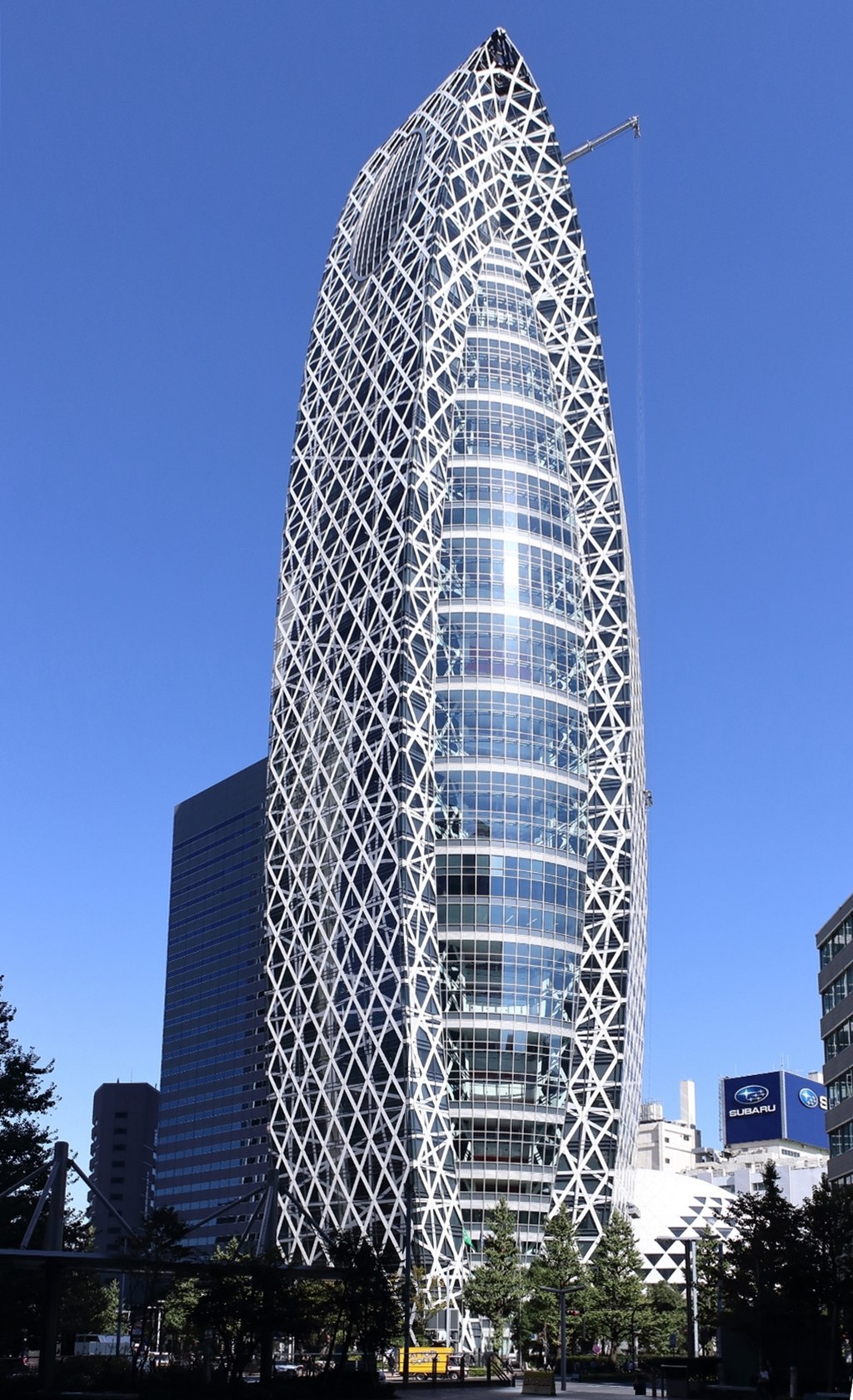We ate breakfast in the Executive Lounge, on the 37th floor. It was a sparkling day and Fuji-san enthralled us.
After breakfast we headed over to the opposite side of Shinjuku, where the Tokyo studio of Cooking Sun is located. Today's cooking class is Wagyu Kaiseki. There were 8 people in the class, plus our instructor, Kaori, and two "sous-chefs".
 |
| These two are not the sous chefs. |
 |
| We learned how to cut Accordion Cucumbers for a salad |
 |
| Making Dashimaki Tamago (rolled omelet) |
We each plated our first three recipes: Gomamiso-ae Potato, Dashimaki Tamago, and Accordion Cucumber Salad.
 | |
| Shinodamaki (ground chicken and seasonal vegetables wrapped in deep-fried tofu) |
 |
| Voila! Foreground, left to right: Wagyu Sukiyaki about to be cooked in donabe or Japanese clay pot, Umeboshi and Mitsuba Leaf Mixed Rice, Shinodamaki, Dashi-Based Clear Soup |
We are all Cooking Stars! Eight fabulous recipes! It tasted even better than it looked!
Weird Things Spotted on the Way Back to Our Hotel
We stopped and did a little shopping on the way back. We checked out Tokyu Hands - a large DIY chain that I like to visit whenI am in the neighborhood. It turns out The company has been acquired by another company and has been rebranded. Its new name is Hands.
And speaking of "hands," Ken is channeling George Costanza here, when George was a hand model. In this case, Ken is showing us the scale of these enormous beans we found in the grocery store in the basement of the Keio Department Store.
 |
| Gigantic beans |
And then there was this place.
 |
| Ohhhkaaay . . I guess this is a restaurant? |
Here is an astronomical clock located at Shinjuku i-LAND, a skyscraper and office complex located near our hotel. The last astronomical clock I saw was in Italy, and it was 500 years old. It turns out this clock was designed by Italian artist Giulio Paolini, and created by Seiko (of course). If you like interesting clocks, you must take a look at these Public Clocks of Tokyo.
 |
| The writing under the clock says, in English: SHINJUKU i-LAND ASTRONOMICAL CLOCK |
And then there was this. This is a guided tour, on city streets, silly costumes and all. Here's more information on Go-Kart tours, to prove I am not making this up.
 |
| What's with the animal pajamas? |
Today's color is yellow, for rolled omelets and eggsluts.

































 companies. You can see trucks with the the "black cat" logo everywhere. We see them on the quiet, narrow streets of Miyajima this morning. Boxes of fresh food from the mainland are being delivered to local restaurants, ryokan, and inns.
companies. You can see trucks with the the "black cat" logo everywhere. We see them on the quiet, narrow streets of Miyajima this morning. Boxes of fresh food from the mainland are being delivered to local restaurants, ryokan, and inns.

 Most school uniforms are navy blue, but occasionally you will see gray, black, or maroon. Girls often wear plaid skirts in muted colors. Many girls wear their uniform skirts quite short. The very youngest children often wear adorable hats, too.
Most school uniforms are navy blue, but occasionally you will see gray, black, or maroon. Girls often wear plaid skirts in muted colors. Many girls wear their uniform skirts quite short. The very youngest children often wear adorable hats, too.




